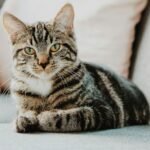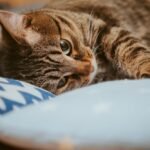Cats are mysterious creatures, often keeping us on our toes with their unpredictable antics. One day, they might be curled up in your lap, purring contentedly, and the next day, they might act as if they’ve never seen you before. This erratic behavior often leads to an interesting question: why do some cats seem to have a “favorite person” while others are more aloof? Understanding this phenomenon can offer valuable insights into the feline mind and help cat owners foster stronger bonds with their furry friends.
Understanding Feline Behavior
Cats are known for their complex and sometimes puzzling behaviors. Unlike dogs, who are often openly affectionate, cats are more subtle in expressing their feelings. This subtleness often results in misunderstandings about their preferences and attachments. A cat’s behavior is influenced by several factors, including their genetics, upbringing, and environment. These elements come together to create unique personalities, which is why some cats are more social while others prefer solitude. It’s essential to recognize that each cat is an individual, and their behavior can vary widely from one to another.
The Role of Early Socialization

The early weeks and months of a cat’s life are crucial in shaping their behavior and social preferences. During this time, kittens learn about the world around them and develop their views on humans and other animals. Cats that are exposed to a variety of people, sounds, and experiences during this period are more likely to be sociable and comfortable around humans. On the other hand, those with limited socialization may grow up to be more reserved or even fearful of people. This early socialization can significantly influence whether a cat forms a strong bond with a particular person or remains more independent.
Genetic Factors at Play
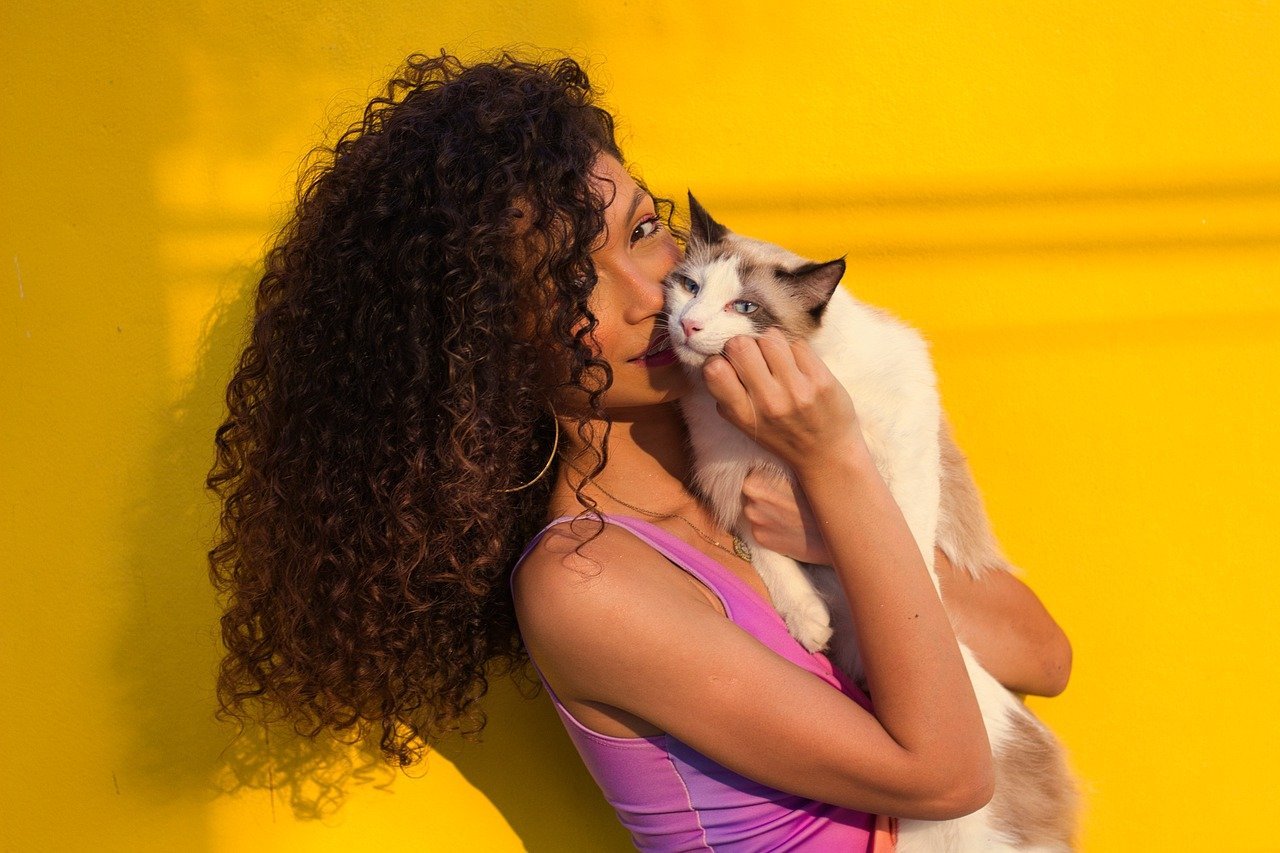
Just like humans, cats inherit certain traits from their parents that can affect their personalities. Some breeds are known for being more affectionate, while others are naturally more independent. For example, Ragdolls and Siamese cats are often described as people-oriented and may be more likely to develop a favorite person. Conversely, breeds like the Russian Blue might be more reserved. However, it’s crucial to remember that genetics is just one piece of the puzzle. A cat’s environment and experiences also play significant roles in shaping their behavior and preferences.
The Importance of Consistency
Cats thrive on routine and consistency. They are creatures of habit, and any disruption to their daily routine can cause stress and anxiety. A person who consistently provides care, affection, and attention is more likely to become a cat’s favorite. This is because cats associate positive experiences with specific people, leading to stronger bonds over time. Regularly feeding, playing, and spending time with a cat can help in establishing trust and affection, making it more likely for a cat to choose you as their favorite person.
Recognizing a Cat’s Love Language
Cats, like people, have their own way of expressing love and affection. Some cats are more tactile, showing their affection through headbutts, kneading, or purring. Others might prefer to sit quietly near their favorite person, simply enjoying their presence. Recognizing and responding to a cat’s unique love language is essential in building a strong bond. By understanding and reciprocating their form of affection, you can strengthen your relationship with your feline friend and potentially become their chosen favorite.
Impact of Past Experiences
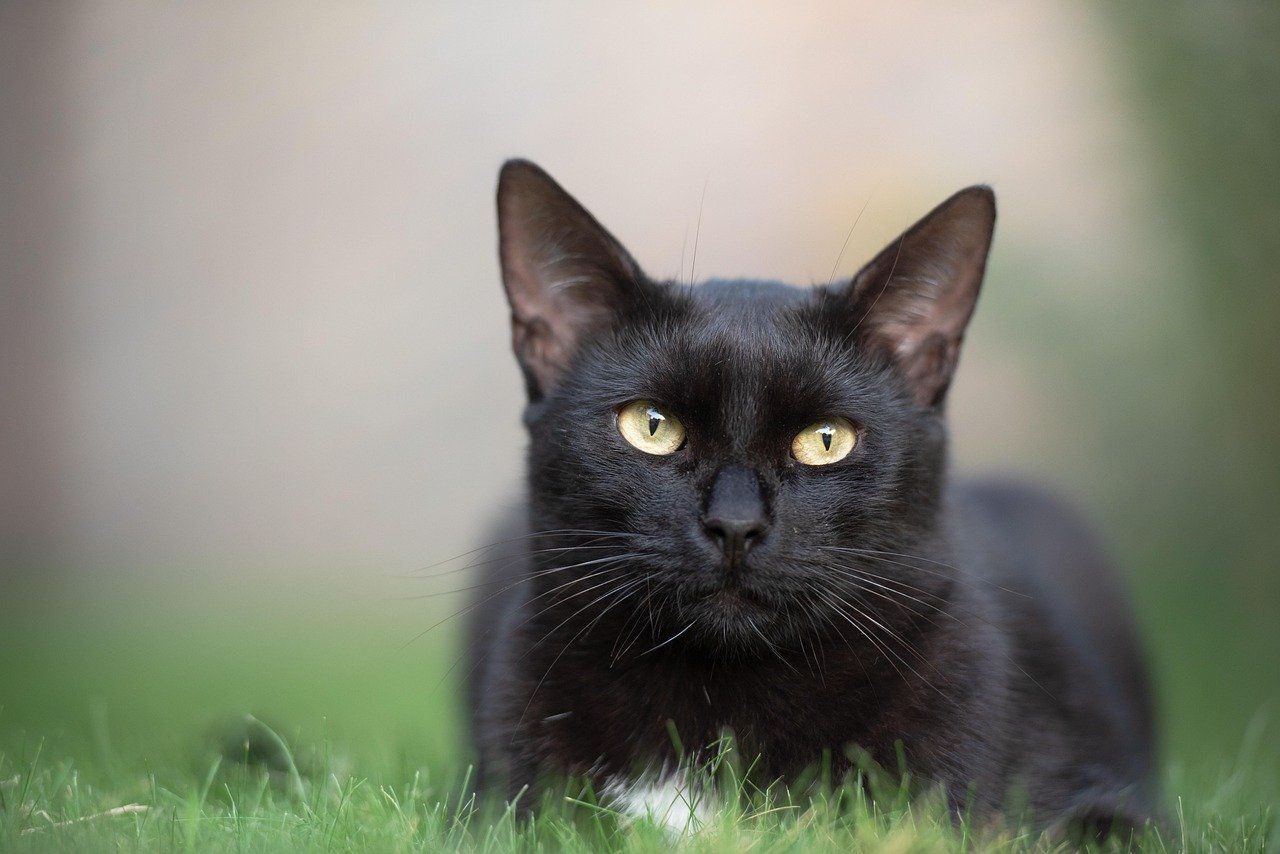
A cat’s past experiences can significantly influence their behavior and attachment to humans. Cats that have experienced trauma or neglect may be more cautious and slow to trust humans. On the other hand, cats that have had positive interactions with people are more likely to form strong bonds. It’s important to be patient and understanding with cats that have a difficult past, as building trust can take time. Offering a safe and loving environment can gradually help these cats feel more comfortable and open to forming attachments.
Environmental Influences
The environment in which a cat lives can also impact their social behavior. Cats living in a calm, stable environment with plenty of enrichment opportunities are more likely to be content and open to forming bonds with humans. Conversely, a chaotic or stressful environment can make cats more anxious and less likely to seek out human companionship. Providing a safe, stimulating, and nurturing environment can encourage a cat to develop stronger social bonds, potentially leading them to choose a favorite person.
The Subtle Science of Cat Affection
Understanding why some cats have a favorite person involves delving into the subtle science of feline affection. Cats are highly perceptive animals and can pick up on human emotions and energy levels. They often gravitate towards individuals who are calm, patient, and respectful of their boundaries. Being attuned to a cat’s emotions and respecting their need for space can create an environment where they feel safe and valued, increasing the likelihood of forming a special bond.
Building a Strong Bond with Your Cat
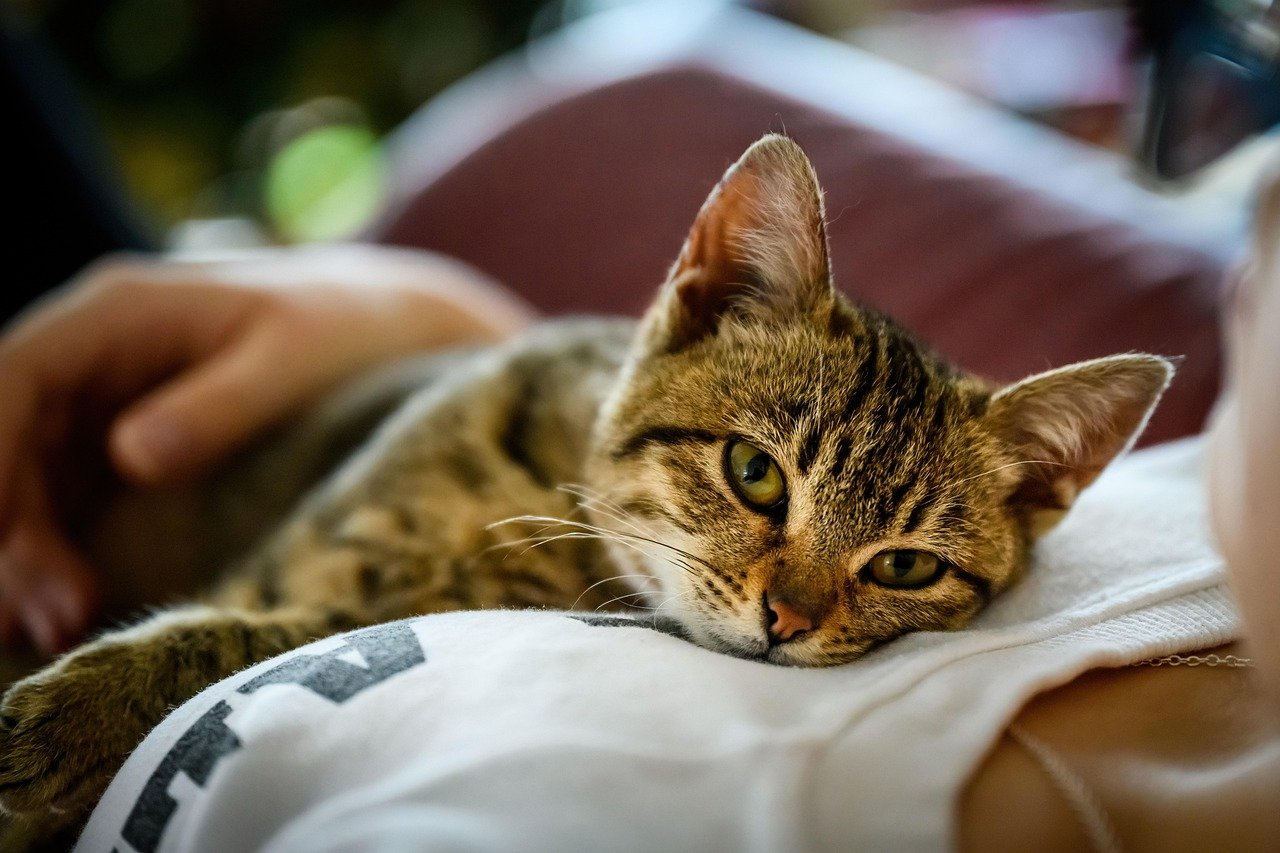
For those hoping to become their cat’s favorite person, the key lies in patience, understanding, and consistency. Spend quality time with your cat, engage in activities they enjoy, and respect their boundaries. Offering regular playtime, grooming sessions, and treats can also help in building a strong bond. Remember, every cat is unique, and what works for one may not work for another. By being attentive to your cat’s needs and preferences, you can foster a deep and lasting connection with your feline companion.

Linnea is a born and bred Swede but spends as much time as possible in Cape Town, South Africa. This is mainly due to Cape Town’s extraordinary scenery, wildlife, and atmosphere (in other words, because Cape Town is heaven on earth.) That being said, Sweden’s majestic forests forever hold a special place in her heart. Linnea spends as much time as she can close to the ocean collecting sea shells or in the park admiring puppies.

